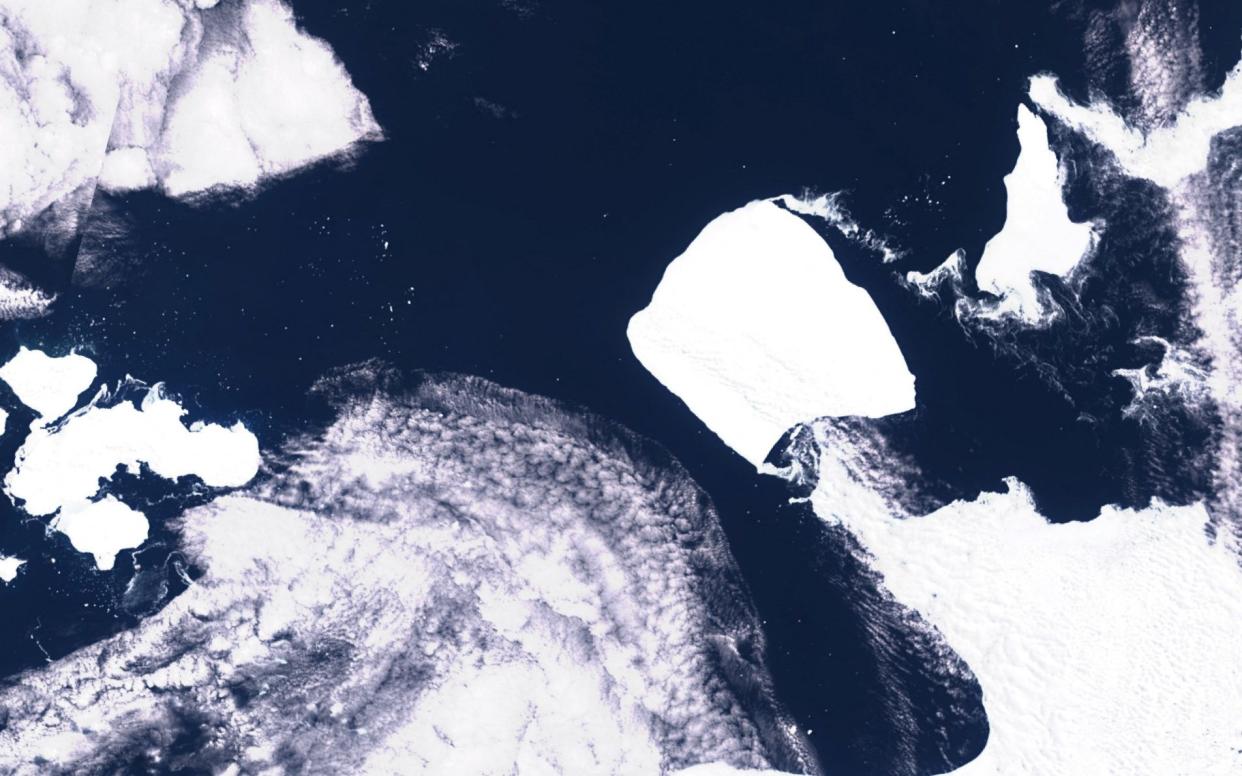Massive iceberg on the move in Antarctic Ocean

A huge iceberg more than twice the size of Greater London is on the move after more than 30 years.
Known as A23a, the iceberg had been stuck to the ocean floor since 1986, when it broke off from the Antarctic coastline.
For decades the iceberg was effectively an island in the Weddell Sea, which is claimed by both the UK and Argentina.
But it has been drifting rapidly for the past year is about to leave Antarctic waters and may run aground at South Georgia, a British Overseas Territory.
A23a is vast. It covers 1,500 square miles and is 1,312 feet thick in places.
When the iceberg first broke away from the Filchner Ice Shelf in the 1980s, it housed a Soviet research station and Soviet scientists were sent to retrieve equipment before it was lost.
However, the fears proved unfounded as the iceberg settled and became anchored to the ocean floor.
Scientists debating why it has started to move after more than three decades
Scientists are debating why the iceberg has started to move after more than three decades.
“I asked a couple of colleagues about this, wondering if there was any possible change in shelf water temperatures that might have provoked it, but the consensus is the time had just come,” said Dr Andrew Fleming, a remote sensing expert from the British Antarctic Survey.
“It was grounded since 1986 but eventually it was going to decrease (in size) sufficiently to lose grip and start moving. I spotted first movement back in 2020,” he told the BBC.
Thanks to winds and currents, the iceberg’s progress has quickened and, according to latest reports, it is currently passing the northern tip of the Antarctic Peninsula.
It is projected to move into the South Atlantic, following a path known as “iceberg alley”.
The iceberg will be driven by the same currents and winds that helped the explorer Sir Ernest Shackleton make his escape after his ship, Endurance, became trapped in the icepack and then sank in late 1915.
There are concerns surrounding the environmental impact of the iceberg as it moves and eventually melts away.
If, as experts predict, the iceberg does run aground at South Georgia, there are fears that the behemoth could disrupt the feeding grounds of seals, penguins and seabirds in the area.


